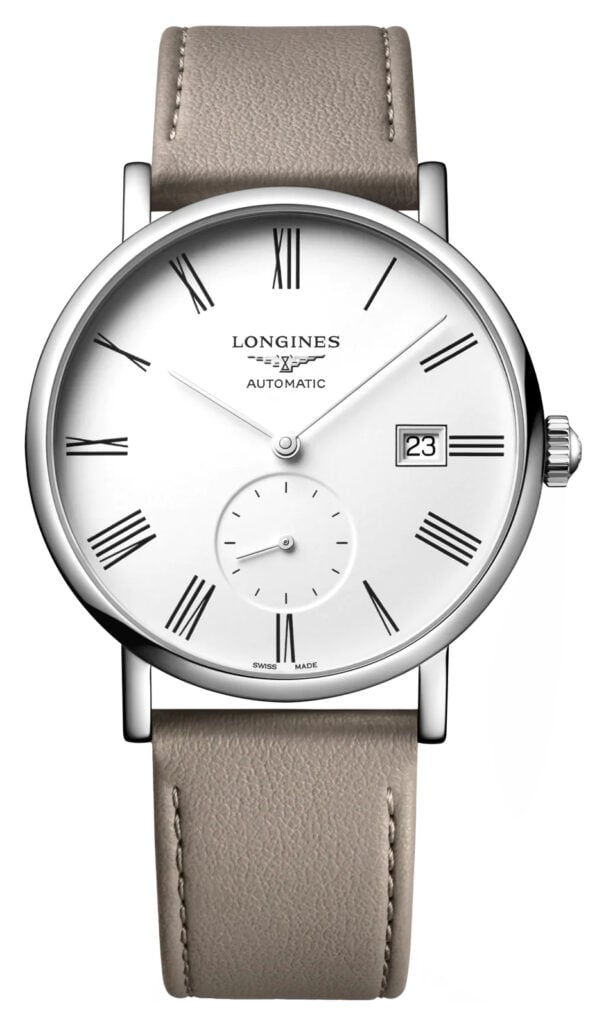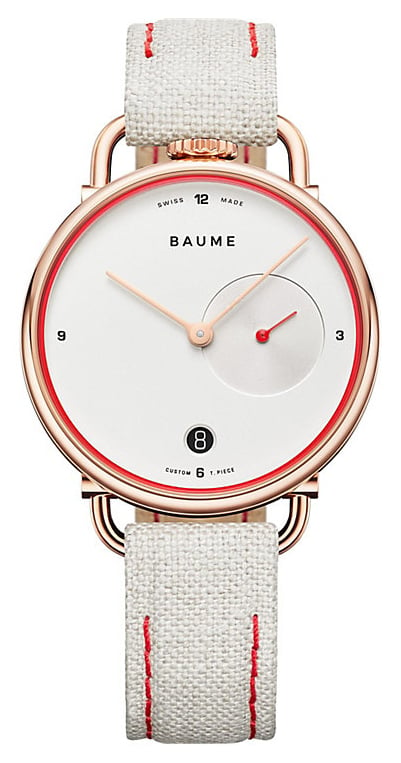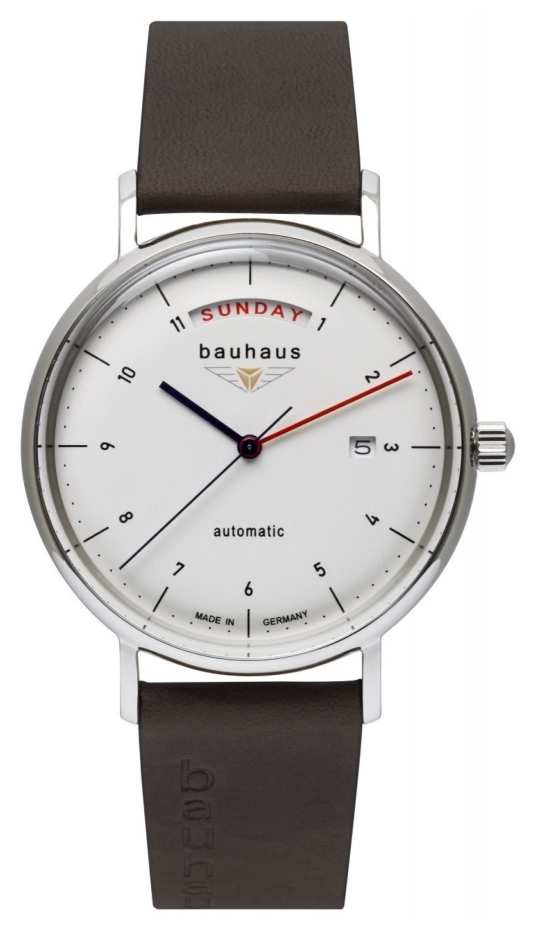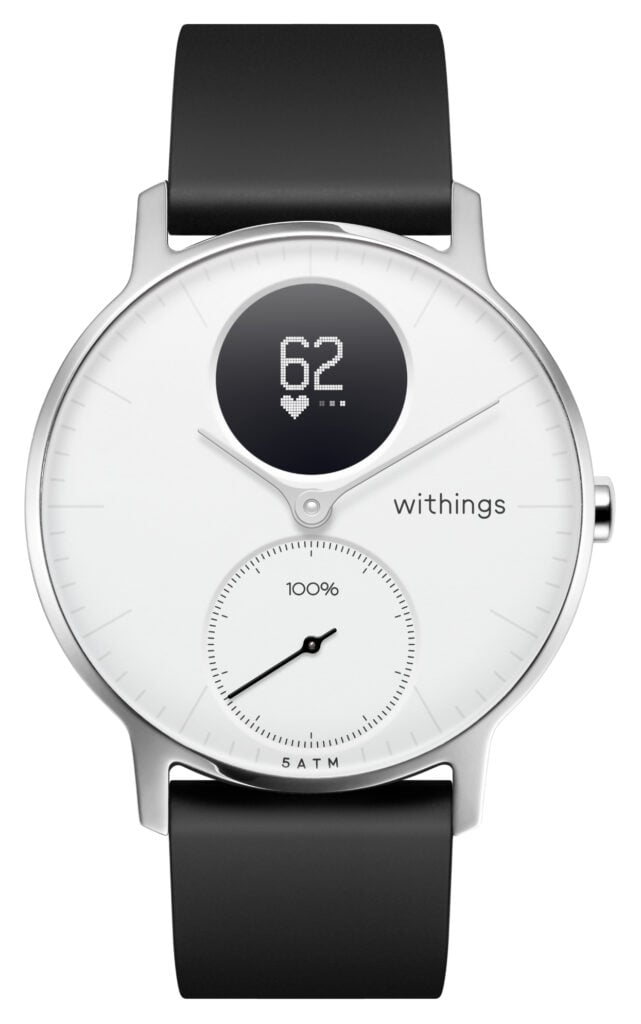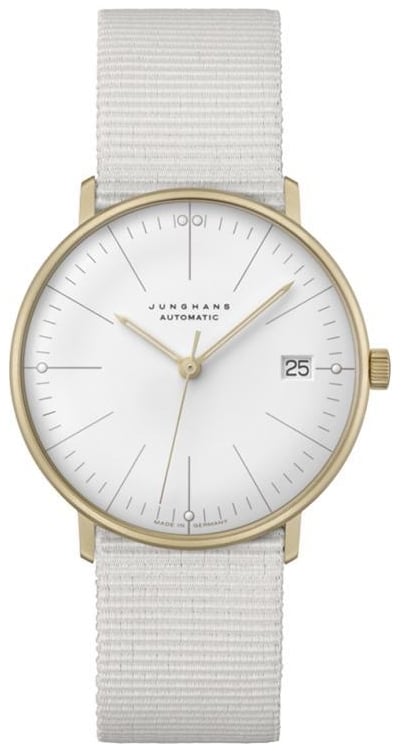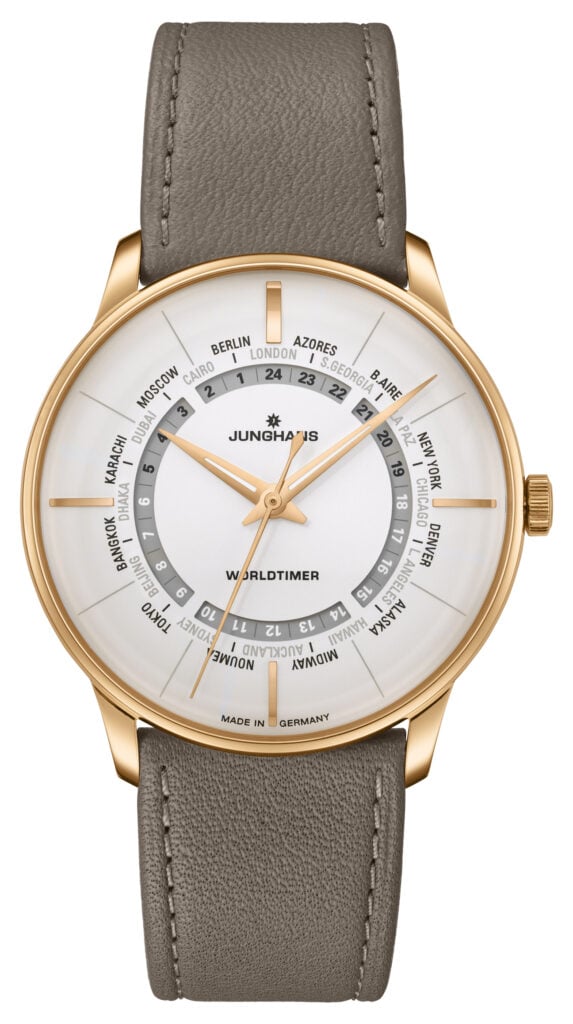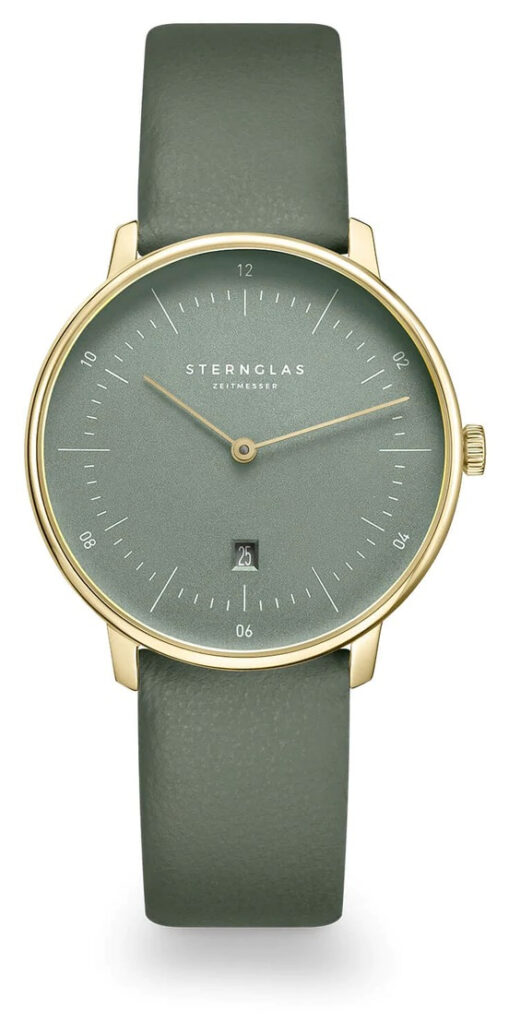
In a world saturated with information and excess, a dash of minimalism in our lives can be very refreshing. Minimalism essentially follows the principle of ‘less is more’, and is often characterized by clean yet thoughtful design. Today, we will delve into a brief history of minimalist watches and their design.
Design Origins of Minimalist Watches
Contrary to what you may think by looking at a minimalist watch, they are actually not very contemporary. Many minimalist watches today actually echo design principles that were developed around 100 years ago.
In Europe, the history of minimalist watches can be traced back to two German design movements. Namely, the Deutscher Werkbund and the Bauhaus school of art.
The Deutscher Werkbund, which means ‘German Association of Craftsmen’ in English, was formed in 1907. Still existing today, the Werkbund is a congregation of professional creatives and industrialists. It developed an aesthetic that prioritised the clean and standardised, which was incredibly influential to the German design field. The Werkbund’s approach of anti-ornamentation was believed to have inspired the founder of the Bauhaus, Walter Gropius.
Established in 1919, the Bauhaus was a pioneering art and design school that popularised the ‘form follows function’ approach to design. Conventional characteristics of the Bauhaus movement include clean-cut lines, simple geometric shapes, and a lack of inessential decoration. Although the school eventually shut down in 1933 due to the spread of Nazism in Germany, it is still regarded as one of the most significant design movements of the 20th century.
The Rise of Minimalist Watch Design
Naturally, due to their popularity, the design principles from these two related movements ultimately seeped into German watchmaking. These influences led to an increasingly stripped-back watch design. For instance, excessive functions such as bezels were often omitted in favour of foregrounding the watch’s functionality. Towards the end of the 1930s, we see this more minimalist style spread beyond Germany too. A great example of this is Longines, with the launch of their 4734 and 22097 models.
However, it was not until decades later that this style was associated with the title of ‘minimalism’. Believed to be a retaliation against the colourful fashion of the time, the 1960s and 1970s saw the rise of the minimalist movement. Minimalism was marked by similar principles to the Werkbund and Bauhaus aesthetics, giving importance to simplicity and functionality.
It is during this period that iconic timepieces such as the Junghans Max Bill are launched for the first time. In fact, Max Bill himself was a student at the Bauhaus, which only reinforces minimalist watchmaking’s Germanic roots.

Why Buy a Minimalist Watch?
Even though minimalist watches have historic beginnings, they are certainly not a thing of the past. One of the advantages of minimalist watches is that they are timeless. The fact that many minimalist watches look contemporary despite being based on early 20th-century designs only verifies this. As a result, you can be sure that your minimalist timepiece will still be looking stylish and receiving compliments even decades from now.
They are also incredibly versatile. The uncomplicated design of minimalist watches means that they are a great and casual accompaniment to any outfit, style, and colour palette. For this reason, and perhaps ironically, minimalist watches therefore really stand out.
If you’ve found yourself catching the minimalism bug, here are some excellent minimalist watch models to add to your collection.
Our Minimalist Watch Recommendations
Ancestral minimalism: LONGINES ELEGANT COLLECTION Automatic Beige Strap L48124112 / L4.812.4.11.2
First on this list is this Longines Elegant piece, a close relative of the aforementioned vintage 4734 model. With a clean white dial, contrasting roman numeral indices and a taupe leather strap, this watch almost epitomises classic minimalism. Beyond its visual simplicity, it is also mechanically mighty. It is powered on an automatic movement with a 72-hour power reserve, as well as having an L891 calibre.
Quirky minimalism: Baume & Mercier BAUME Eco-Friendly Quartz White Dial White Cork Backed Strap M0A10602
For those wanting a bit of an edge to their minimalistic timepiece, this eco-friendly BAUME model is the perfect choice. The vibrant contrasting stitch detail against a pure white cotton strap proves that minimalism doesn’t have to mean monotonous. Its dial features a sundial for seconds and a date aperture at the 6 o’clock position. Made from recycled materials, it is also a great environmentally conscious option too.
German minimalism: Bauhaus Men’s Brown Italian Leather Strap White Dial Automatic Day/Date 2162-1
Living up to the brand name, this Bauhaus model exhibits a strong 1920s nostalgia in its design. The dial features Arabic numerals and baton indices, paired with two black hands and one red second hand. Also written in bold red, its standout feature is the weekday aperture at the 12 o’clock positioning. Paired with a cool brown Italian leather strap, this model is the quintessential minimalist timepiece in its thoughtful and functional design.
Minimalism gone digital: Withings Steel HR 36mm White Dial Black Silicone Strap HWA03-36WHITE-ALL-INTER
Bringing minimalism firmly into the 21st century is the Withings Steel HR. The digital and analog hybrid dial was the first of its kind, but it is by no means clunky. This model perfectly partners modern-day smartwatch capabilities with the popular streamlined minimalist design many yearn for. Its inbuilt health functions include a heart rate monitor, sleep tracker, and a smart alarm. With 25 days of battery life, up water resistance up to 50 metres and a silicone strap, this is the perfect everyday companion piece.
A minimalistic master: Junghans Max Bill Kleine Automatic D 34mm 27/7006.04
Part of the aforementioned Max Bill line, the Junghans Max Bill Kleine is one of minimalism’s masterpieces. With a J800.1 calibre and German automatic movement, the Max Bill Kleine is a quality timepiece. This particular model is accompanied by a white textile strap that is recycled from PET bottles, which can be fastened with a stainless steel gold PVD-coated buckle. However, if this is not to your taste, there are ample other options to choose from.
Multifunctional minimalism: Junghans Meister Worldtimer Sapphire Crystal Brown Leather Strap Silver Dial 27/5012.02
This Junghans model somehow achieves the impossible task of pairing a multifunctional dial with a clean minimalist design. Impressively, the dial features an hour disc that displays the time in 24 separate locations. Added details include an exhibition case back, a domed sapphire crystal for improved readability, and an automatic movement with a J820.5 calibre. The Meister Worldtimer is a great choice for those looking for a watch of both mechanical and aesthetic excellence.
Youthful minimalism: STERNGLAS Women’s Naos XS Edition Flora Green Dial Green Leather Strap S01-NDF18-KL09
Our final contender, the Strenglas Naos XS Edition Flora, breathes some femininity into our list. The all-over sage green design paired with a gold stainless steel case brings a pop of colour to the design without detracting from its minimalism. Its quality is also not sacrificed, with a domed anti-reflective sapphire crystal class and up to 5 bar water resistance.
That concludes our short history of minimalist watches. We hope that our recommendations helped you out, but if you have any others, please leave them down below!

